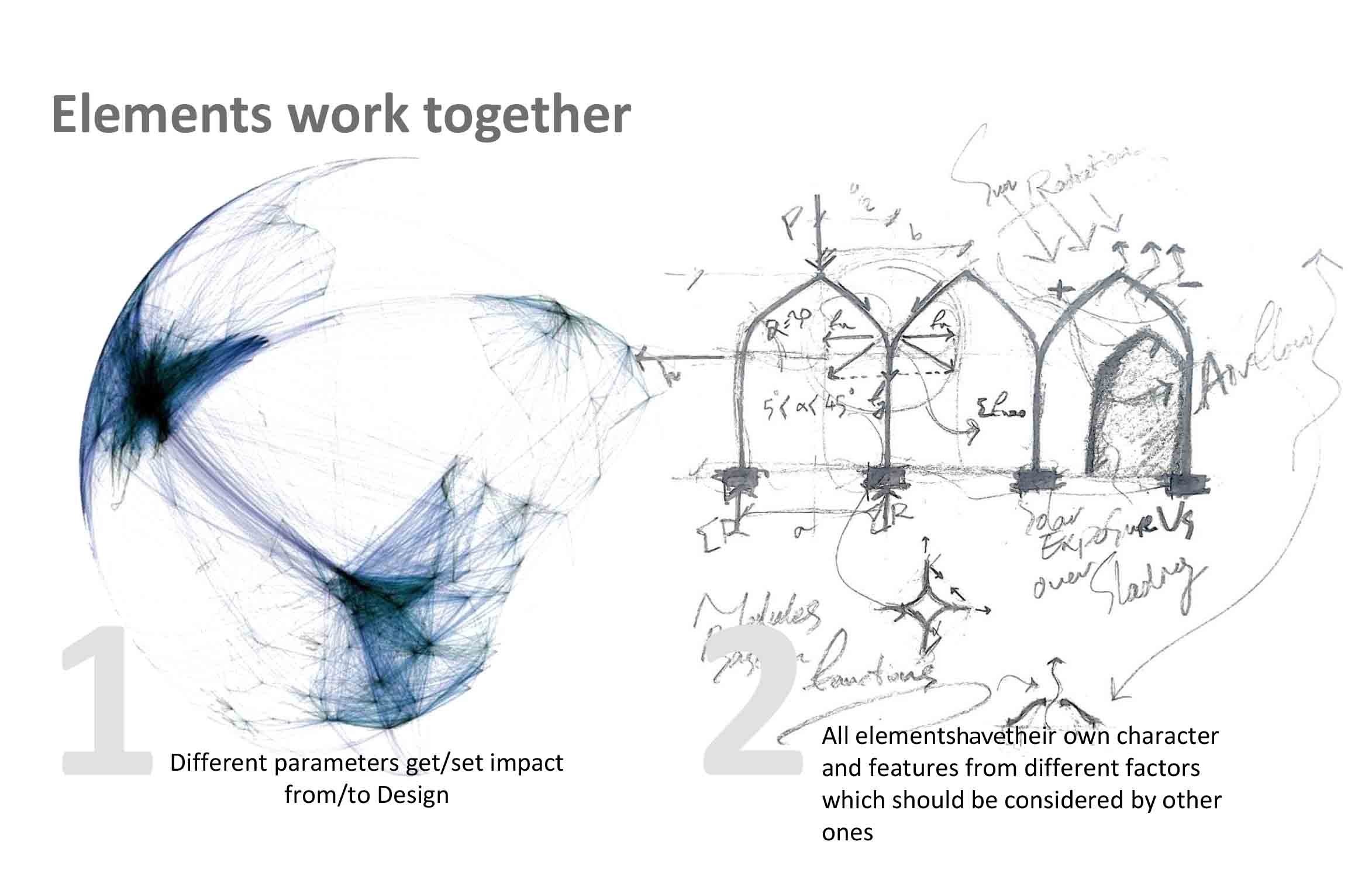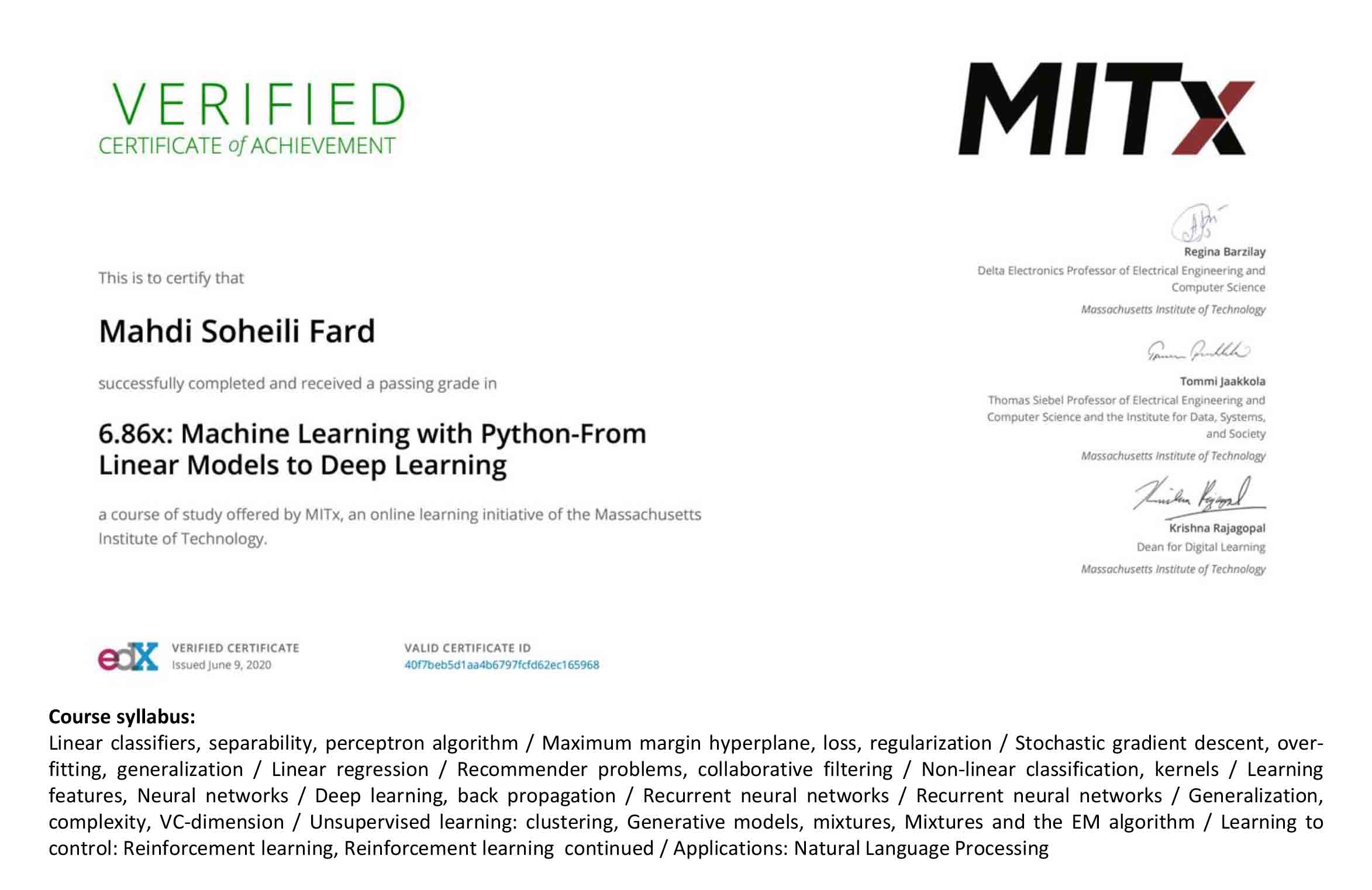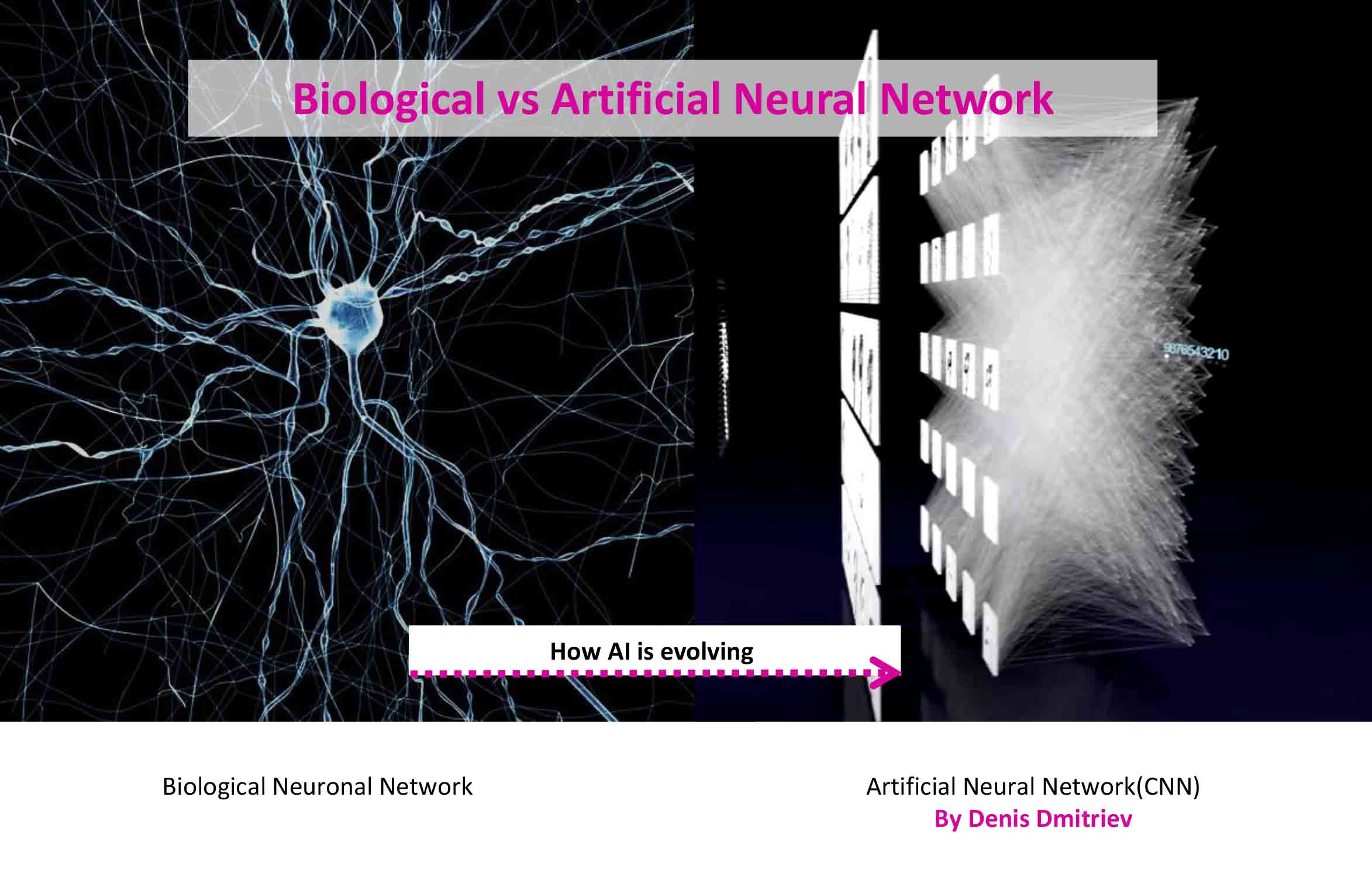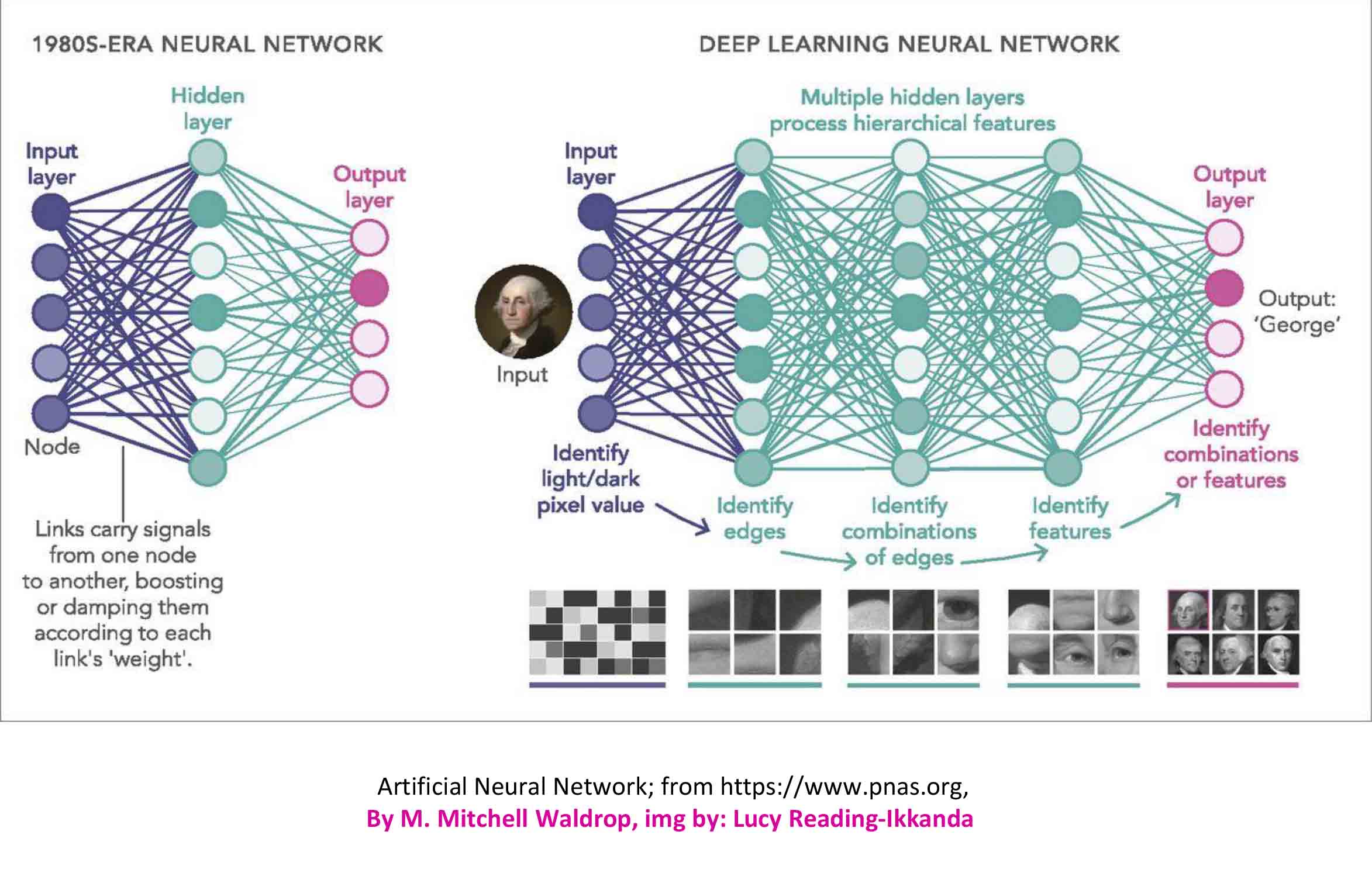
Intro
This post is just a beginning in the field to fire up some keywords and specific terms. I will try to present any step we experienced using machine learning algorithms along with researches and projects afterward. We have started on a new set of learning staff on AI and Machine Learning Algorithm and this is the beginning of bringing it on shortly. The projects are all related to design and implementing Machine Learning Algorithms (not heuristic algorithms) and the course will help those interested in computational design to the next level of algorithmic thinking. I have to appreciate MITx staff for their efforts especially prof. Regina Barzilay, prof. Tommi Jaakkola and also Karene Chu on amazing course materials they well-defined for “Machine Learning with Python: from Linear Models to Deep Learning”. The course explained well as an in-depth introduction to the field of machine learning, from linear models to deep learning and reinforcement learning, through hands-on Python projects. I had an amazing experience during the 4 months of this course and recommend it. The achievement certificate could be accessible to review here. Any question about the course you might have, you know how to contact me!

The main issue of the post
I exceedingly suggest you check the cross-reference links in the passage where ever you get, and then going on for the rest. I always talk about integration intensely as I do believe we need to bring it on more since technology has been developed this much. It could let us going further on deeper layers of cognition in algorithmic thinking by having functional paradigms analyzed by using Machine Learning Algorithms. So, it’s the time!
If you are reading this article, I invite you to look back on other posts I have written as #Integrated_Design to know why I preferred to get on Artificial Intelligence (AI) track and learning how to code Machine Learning Algorithms (MLs), instead of being just a user as I used to be before. Before discussing how integrated design could get benefits from AI and MLs, we need to know what the functional paradigm is.
A function as we said earlier relates to an action between some parameters that might be defined from different sources. We know them as factors. Each factor-like structure, energy, and urban planning has its parameters where proportions state the strength of the connection between them and other factors. If we imagine architecture as a multidisciplinary field, there are a great range of factors, the designer should get deliberate about. How we can have them all, or mainly a sufficient set to improve design attitudes? I deliberately answer it because it seems us as a human can only implement a specific number of factors with their parameters and the connections in between. What about millions of connections from form, structure, geometry, energy, and moreover on qualifications like human rights, culture, literature, aesthetics, and much more? We couldn’t find out about all project’s items where building life-cycle defines a high range of considerations from programming to demolition. To answer these essential questions about how to cogitate the most functional paradigms in design by technology, we can practice AI and MLs which I am going to give you a hint about simply.

Artificial Intelligence (A conceptual brief)
I just am trying to represent Artificial Intelligence (AI) here as a brief but, in a greater particular post, we’ll discuss it later. AI is a total deliberation on how computers can solve problems by algorithms equipped with the way the human mind works using neural networks. When we start to think about some math problems, our brain begins to use the knowledge it has and playing around its sectors by layers of information from logics, parameters, patterns, formulas to calculate it. These items have distinctive bounds and terms where every time each of them changes, the whole output meaning changes too. If we simplify this process in a definition, we could say these layers of information have explicit paradigms to get to meaningful answers and our brain has to be trained before to be able to solve the math problem. This is how AI works too but, in case of knowledge it has to have data set and information, and instead of a brain with synapse and neurons biologically, it relies on algorithms where these items are defined as functions and layers in an artificial neural network.

Machine Learning Algorithms
As mentioned above, neural networks have axons carrying data and commands with which synapses terminals transform from one neuron to another. I preferred not to write comprehensively and technical in this post about these terms and invite you to read thoroughly by others’ written hyperlinked articles added here. Machine learning is totally about how machines can get data, take out meaningful paradigms of connections and proportions between parameters, and set a task or command on categorization, prediction, or conclusion based on series of decisions we formerly have defined for it. This process has been set by specific algorithms in simple instances like “perceptron” and “gaussian mixture” to “K-means”, “SVM”, to complex models like “convolutional”, “autoencoder”, “generative adversarial” and more which are known by deep learning algorithms. We label all of them as artificial neural network models (ANN). These models are categorized into 3 major branches of learning approaches, supervised learning, unsupervised learning, and reinforcement learning. Each of these styles is being used for specific situations where data type and main function we are looking for, would be different. In every ANN model, we have input layer containing parameters or neurons we have active in our functions, hidden layers as data set of the same neurons by different measurements from the various condition but the same functions, and output layer as reorganized connected neurons.
Functional paradigms are neurons of integration
While we have to know about the concepts to go further, let’s get along with our main question on how we can upgrade our approaches by these cutting-edge technologies. The connections from input to hidden layers and output layer define our impacts between design factors we had mentioned before about how AI can compromise data sets in the design, engineering, and fabrication process. Imagine elements of a free-form structure behavioral paradigm against specific load case, if we can have the series of reactions by sensor measurement through an annual period, we could get to the data set, desired for ANN’s layers. Functions are also important to be figured out while we are designing an ANN. We can categorize our elements, predict how each might get stressed or tensioned. This also could get complicated when we use the ANNs within design parameters. Form, function, and context will be major factors. Try to think about layers of data sets any design categorized by the subject could define. It’s huge but not inaccessible anymore. Lots of papers have been published in recent years and I here am trying to open a gate for those who are enthusiasts in the subject.